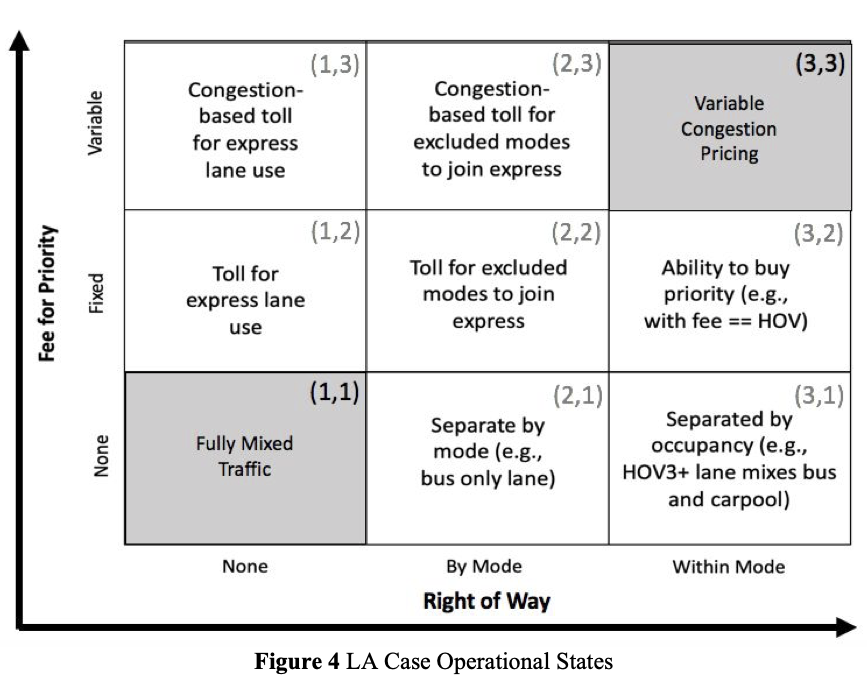@article{szajnfarber2021evolvability,
title={Evolvability analysis framework: Adding transition path and stakeholder diversity to infrastructure planning},
author={Szajnfarber, Zoe and Groover, Joshua A and Wei, Zhenglin and Broniatowski, David A and Chernicoff, William and Helveston, John P},
journal={Systems Engineering},
year={2021},
publisher={Wiley Online Library}
}Evolvability Analysis Framework: Adding Transition Path and Stakeholder Diversity to Infrastructure Investment Decisions
Szajnfarber, Z., Groover, J.A., Wei, Z., Broniatowski, D.A., Chernicoff, W., & Helveston, J.P. (2021) “Evolvability Analysis Framework: Adding Transition Path and Stakeholder Diversity to Infrastructure Investment Decisions” Systems Engineering. 25(1):35-50. DOI: 10.1002/sys.21600
Abstract:
This paper presents the Evolvability Analysis Framework (EAF), a new perspective on evaluating complex infrastructure systems. EAF enables decision makers to explore alternative transition paths, thus providing several multi-step options to achieve a desired end state. These multi-step transition paths can be particularly valuable when they mitigate the impact of system degradation during the deployment of new capabilities. Additionally, EAF is formulated in a manner that empowers decision makers to apply decision variables, such as a cost cap or an equity metric, which are increasingly relevant to modern decision-making. To demonstrate the method and its value, we apply the EAF to a case study inspired by Los Angeles’ Vision 2028. We identify 26 transition paths across different performance dimensions. We model the cost and performance of each transition pathway and compare them using multiple measures, including traditional benefit-cost metrics and differential impacts on different stakeholder groups. Our results show that multi-step paths outperform single-step transitions to an end state (“big bang” approaches) in most scenarios. Multi-step paths also provide valuable alternatives when particular stakeholders value non-cost metrics.
Bibtex:
